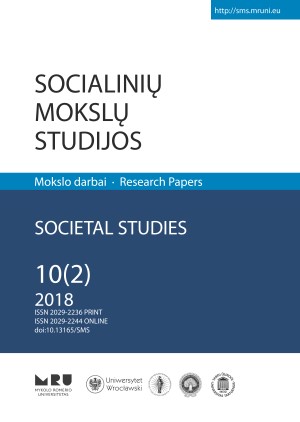THE USE OF RELIGIOUS PLOTS AND IMAGES IN THE GERMAN EXILE NOVEL
THE USE OF RELIGIOUS PLOTS AND IMAGES IN THE GERMAN EXILE NOVEL
Author(s): Alice PorshnevaSubject(s): Theology and Religion, German Literature
Published by: Mykolas Romeris University
Keywords: space; plot; exile; exile novel; religion; Bible; Joseph of Genesis; Exodus; David and Goliath; Erich Maria Remarque; Lion Feuchtwanger; Thomas Mann; Anna Seghers; Klaus Mann;
Summary/Abstract: This paper deals with some specific features of religious plots and images in the German exile novel. The author analyses how they function in exiled novels by German exiled writers such as Erich Maria Remarque, Lion Feuchtwanger, Thomas Mann, Anna Seghers and Klaus Mann. These works are considered to have a particular organization of space and plot as well as subjective organization, and to belong to a specific literary genre. Religious images and plots are analysed in relation to the novels’ organization of space and time. David and Goliath, and Noah’s Ark are images taken from the Bible that can be found in the novels studied, and plots such as the history of Joseph and Exodus are harnessed by the authors. The story of the Israelite’s exile to Egypt serves Thomas Mann as a thematic source, while he expresses emigrant consciousness in “Joseph and His Brothers”. Other novels are devoted to the events of 1933 to 1945, and their authors add biblical plots and images to them to highlight axiological markers of the exile space and help the writers express their emigrant world view. It is also shown in this study that these images are used alongside and for similar purposes to mythological images.
Journal: Socialinių mokslų studijos
- Issue Year: 10/2018
- Issue No: 2
- Page Range: 232-240
- Page Count: 9
- Language: English

